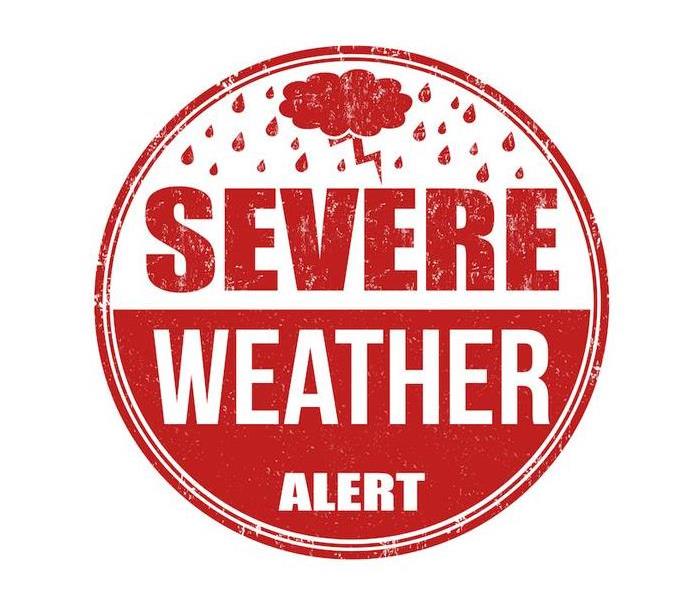What Storm Alerts to Understand and How to Stay Safe | SERVPRO® of Billings
7/12/2022 (Permalink)
When it comes to weather alerts, there are at least 42 different kinds from seven different categories. That can be an awful lot of information to digest, especially as dark clouds are rolling in.
Learning what warnings or advisories mean for us here in Montana means we can quickly move to safety when it is necessary. It also means you can take steps now to protect your home and property.
General knowledge of all kinds of weather situations is helpful, but it is essential to understand the weather that we will face right here at home.
Weather forecasts are just predictions, so how are alerts issued in the first place? How does the severity, location and length of a storm get monitored? There are actually several factors that work together to make the most accurate decisions.
The National Weather Service is responsible for both weather forecasting and issuing alerts. There are six regional offices and a little over 100 forecasting offices, which means we are receiving localized forecasts and warnings. Our weather alerts come from right here in Billings.
Personnel and meteorologists associated with the NWS access multiple forms of scientific data in order to create a forecast. This includes satellite radar, seismic activity, solar activity and various other sensors. The type of data used varies according to the weather event happening, but the end goal is always to be as accurate and thorough as possible.
Watches and warnings are used in almost every type of weather alert, including thunderstorms, flooding and winter storms. Everyone should understand the difference between these two kinds of alerts.
When a watch is issued, it means to begin preparing for a storm to move in that could become severe. A warning however, means that a dangerous storm is imminent and you should take cover immediately. Watches are issued for large areas, while warnings are more pinpointed to include only the county or city where the most danger will be.
Our local community can experience a pretty wide range of severe weather, including thunderstorms, tornadoes and strong winds. Our most common weather alerts come in the winter with our extreme amounts of snowfall. It is essential to understand the different kinds of cold weather warnings we may experience, including winter storm warnings, ice storm warnings and freeze warnings.
Heeding weather alerts properly is the best way to protect your property and your loved ones during severe weather, but there are a couple of other preventive measures you can take now to mitigate damages later.
Keeping your gutters clean and your outdoor furniture secured can prevent flooding and exterior damage to your home.
You can also create a safe space in an interior room or basement stocked with supplies to comfortably ride out a storm. When it is not safe to stay in your home during a weather event, make sure you have an exit plan that the entire family is familiar with.
Once the storm is over, survey your property and take photos of any damage you may have received. Give SERVPRO a call right away as well. We are available 24⁄7 to start your restoration process quickly and get you back home.
Learning about our Montana weather means that we can stay safe no matter what Mother Nature has to hand us. Take the time to familiarize yourself with the different alerts that can be issued around you so that you can handle the next storm well.
Experienced storm damage to your home or property? Contact us today for a quick response!




 24/7 Emergency Service
24/7 Emergency Service
